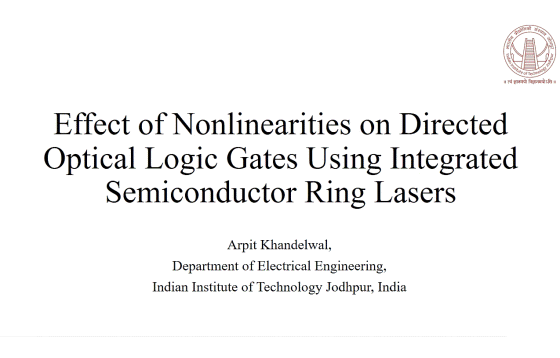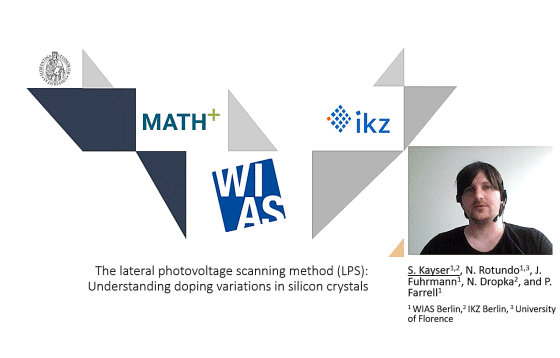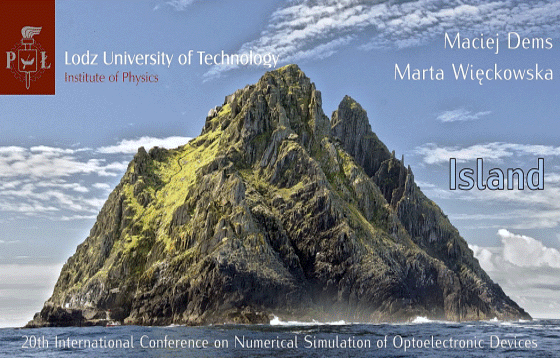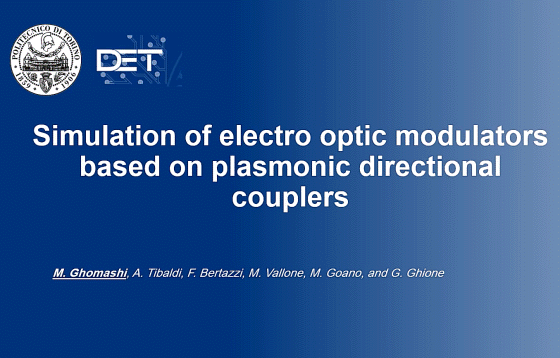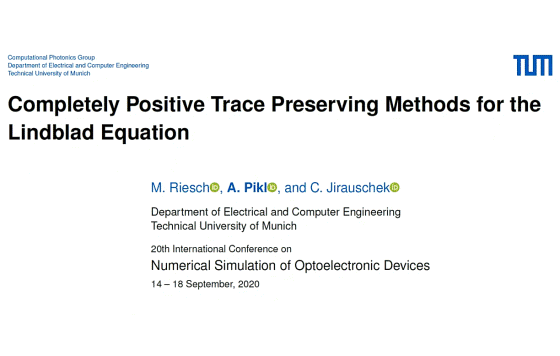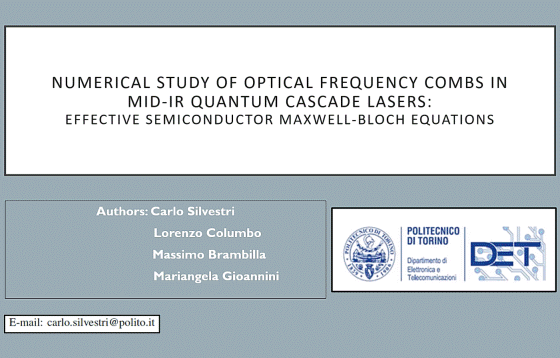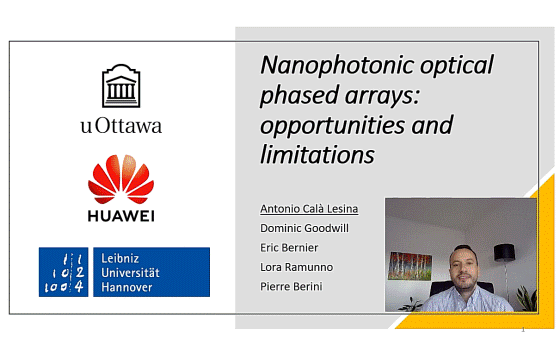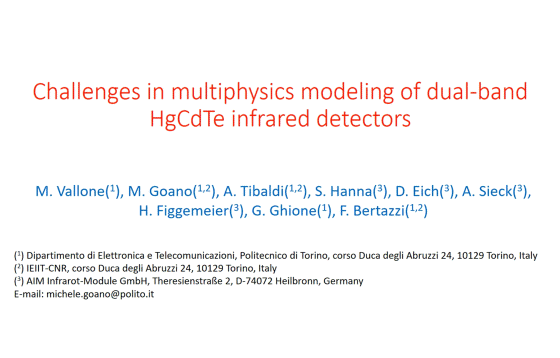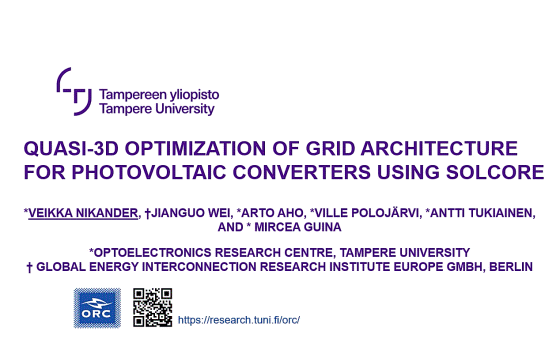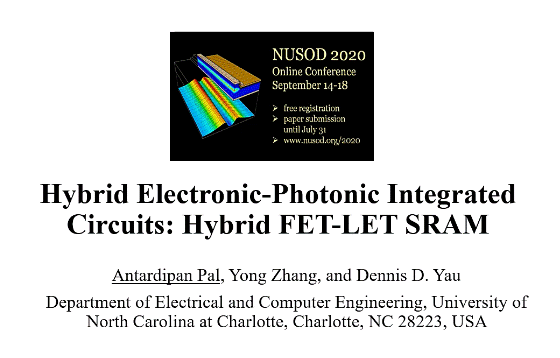IS05–Effect of Nonlinearities on Directed Optical Logic Gates Using Integrated Semiconductor Ring Lasers
Nonlinearities in the semiconductor ring laser (SRL) are incorporated in the analysis of directed optical logic gates and their effects on the output are studied. The paper discusses the effects of gain medium linewidth, internal quantum efficiency and self and cross gain saturation on the output of directed optical NOT gate implemented using SRLs.




